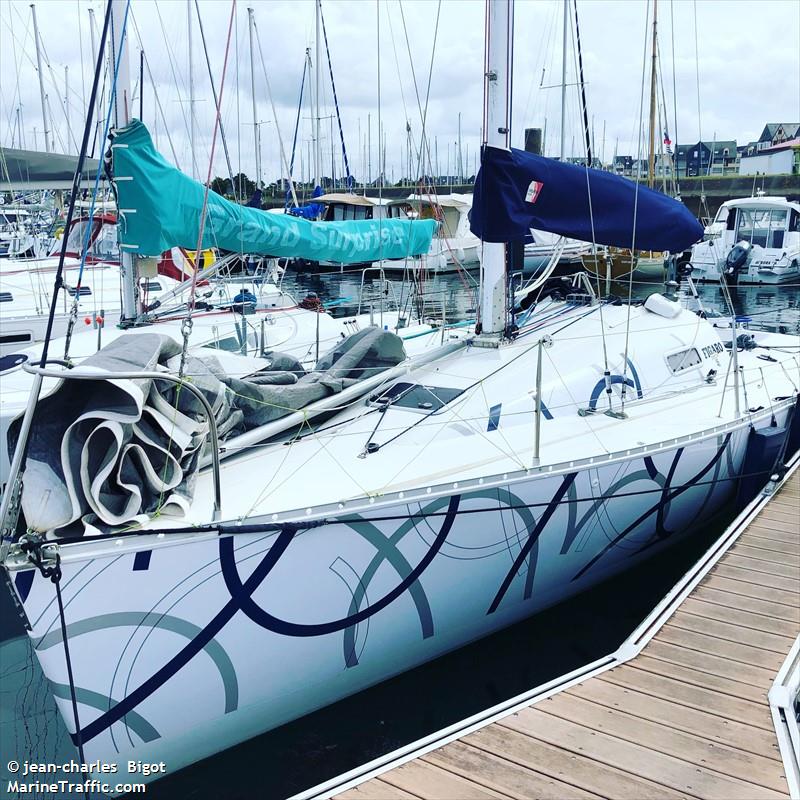
A 26-year-old oil tanker, part of the shadow fleet hauling Russian crude, is currently adrift in the Indian Ocean.
As first reported by Bloomberg, the 106,547 dwt aframax tanker Turba is located some 300 km west of Aceh, Indonesia, and is signalling that it is not under command – meaning it cannot manoeuvre on its own.
Vessels use this status to keep out of the way of other traffic, usually because of mechanical or related failures.
The Turba has previously been caught in the act of transporting and transferring Russian crude to other vessels. In mid-September, Bloomberg even photographed the transfer between the Turba and Simba tankers in the Laconian Gulf offshore Greece.
The catch was that, according to AIS data at least, the two were supposed to be miles apart. The deviation in the real and electronic locations of over four miles is one of the ways used to conduct ship-to-ship transport of sanctioned Russian fuel and crude.
Giving fake coordinates to AIS, otherwise known as spoofing, allows buyers to hide buying Russian crude and fuel above approved prices. The G7 granted exemptions for handling Russian oil and fuel traded at or below fixed levels — $60 a barrel for crude and $100 for premium refined fuels like gasoline and diesel.
Even though most tankers that age have already been turned to scrap, that is not Turba’s largest problem. It also flies the flag of Cameroon which is blacklisted on the Paris MoU on Port State Control. On top of that the vessel is not insured by International Group P&I clubs with the last full inspection of the tanker being done in 2017.
At least 40 vessels hauling Russian oil to China and India between early December and early February lacked insurance from members of the International Group of P&I clubs or routine safety-management certificates, according to Equasis. Three vessels, including the Turba, didn’t have classification to demonstrate seaworthiness.
When the European Union put sanctions on Russia, the quite out-of-form Turba became part of the vast shadow fleet carrying the country’s oil and fuel. The rise of the vintage shadow fleet hauling cargoes for Iran, Venezuela, and Russia has grown to number more than 600 ships today.
Southeast Asia – a major crossroads for international tanker trades – has seen its fair share of dark fleet mishaps recently with the explosion of the Pablo aframax in May and the grounding of the VLCC Young Yang last year.
There were at least eight groundings, collisions or near misses involving tankers carrying sanctioned oil products in 2022 – the same number as in the previous three years, according to insurance firm Allianz.
Tankers still working above 20 years of age made up just 1% of the global tanker fleet pre-covid and were still a rarity at 3% before the invasion of Ukraine in late February last year. They’re now on track to make up 11% of all tanker demand by mid-2025, according to data from brokers Braemar.

 is located some 300 km west of Aceh, Indonesia, and is signalling that it is not under command – meaning it cannot manoeuvre on its own.
is located some 300 km west of Aceh, Indonesia, and is signalling that it is not under command – meaning it cannot manoeuvre on its own.